For a solar grid-connected system, time and weather will cause changes in the radiation of the sun, and the voltage at the power point will constantly change. In order to increase the amount of electricity generated, it is ensured that the solar panels can be delivered with the highest output when the sun is weak and strong. Power, usually a boost boost system is added to the inverter to widen the voltage at its operating point.
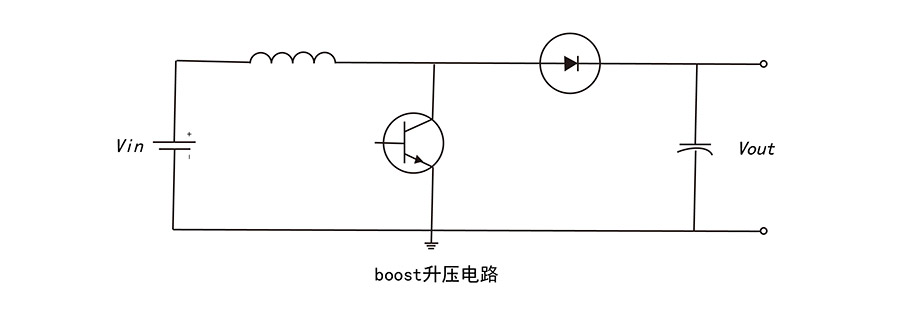
The following small series explains why you should use boost boost, and how boost boost system can help solar energy system to increase power generation.
Why Boost Boost Circuit?
First of all, let's look at a common inverter system in the market. It consists of a boost boost circuit and an inverter circuit. The middle is connected through a DC bus.
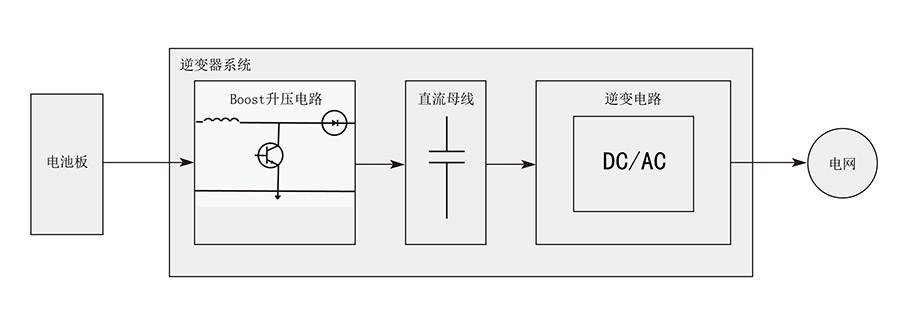
The inverter circuit needs to work properly. The DC bus must be higher than the grid voltage peak (three-phase system is higher than the peak value of the line voltage), so that the power can be output to the grid forward. Usually for efficiency, the DC bus generally changes with the grid voltage. , to ensure that it is higher than the power grid.
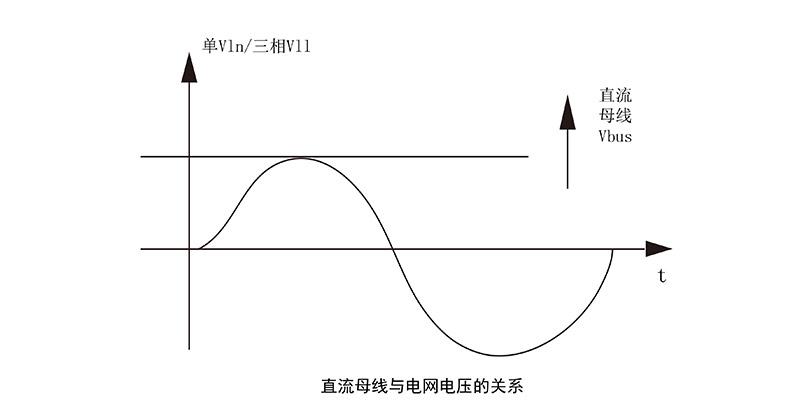
If the panel voltage is higher than the required voltage of the busbar, the inverter will directly work, and the MPPT voltage will continue to track to the maximum point. However, after reaching the minimum bus voltage requirement, it cannot be reduced any more, and the maximum efficiency point cannot be achieved. The scope of MPPT is very low, which greatly reduces the power generation efficiency and the user's profit cannot be guaranteed. So there must be a way to make up for this shortcoming, and engineers use Boost boost circuits to accomplish this.
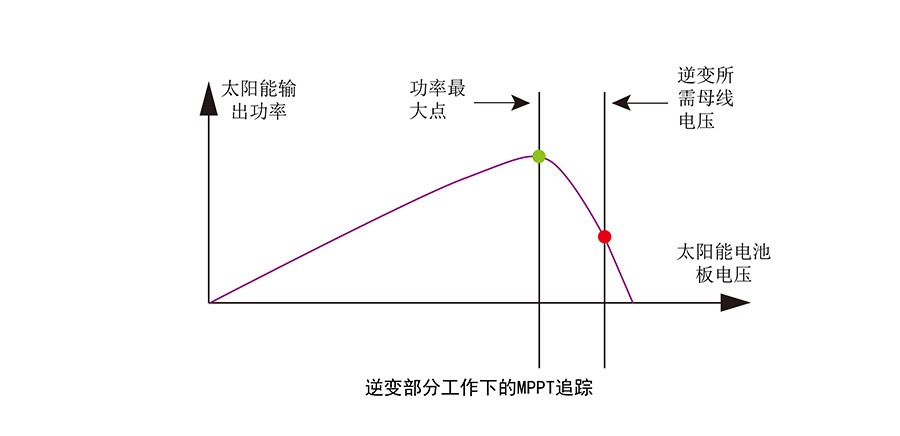
How does Boost Boost the scope of MPPT to increase power generation?
When the voltage of the panel is higher than the voltage required by the busbar, the boost booster circuit is in a rest state, energy is delivered to the inverter through its diode, and the inverter completes the MPPT tracking. After reaching the required voltage of the busbar, the inverter cannot take over. The MPPT worked. At this time, the boost boost section took control of the MPPT, tracked the MPPT, and lifted the busbar to ensure its voltage.
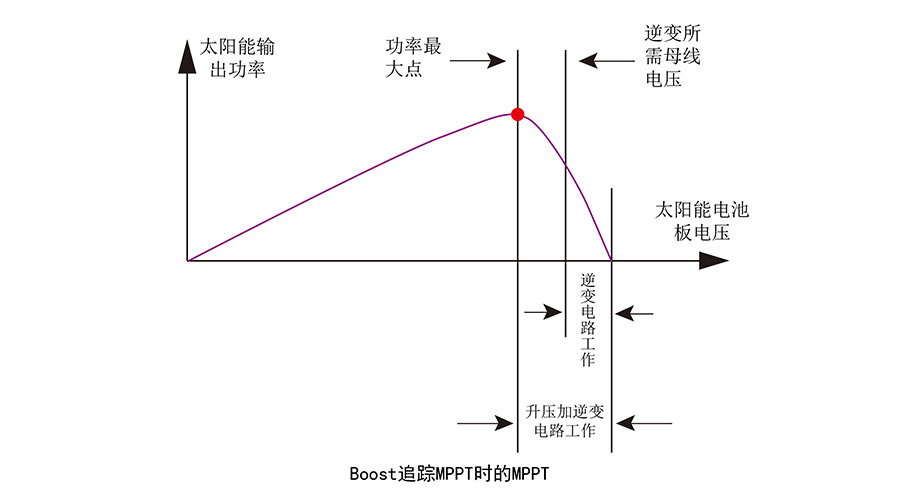
With a wider range of MPPT tracking, the inverter system can play an important role in increasing the voltage of solar panels during the morning, half-night, and rainy days. As we can see in the figure below, the real-time power is obvious. Promote.
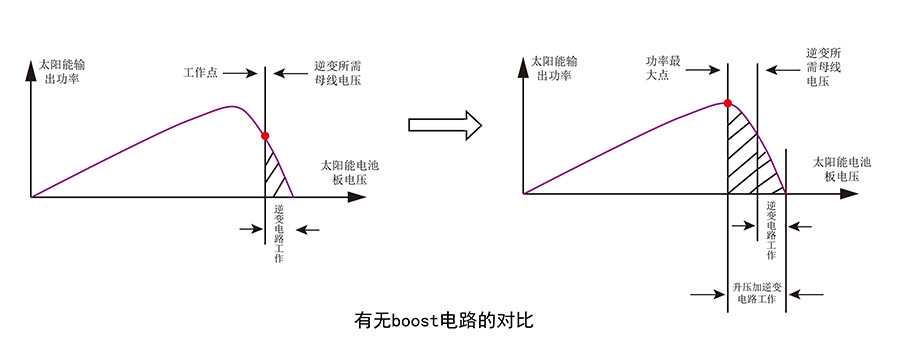
Why does a large power inverter usually use multiple Boost boost circuits to increase the number of MPPT circuits?
For example, a 6kw system, respectively 3kw to two roofs, two MPPT inverters must be selected at this time, because there are two independent maximum operating points, the morning sun rises from the east, direct exposure to the A surface On the solar panel, the voltage and power on the A side is high, and the B side is much lower, and the afternoon is the opposite. When there is a difference between two voltages, the low voltage must be boosted in order to deliver energy to the bus and ensure that it works at the maximum power point.
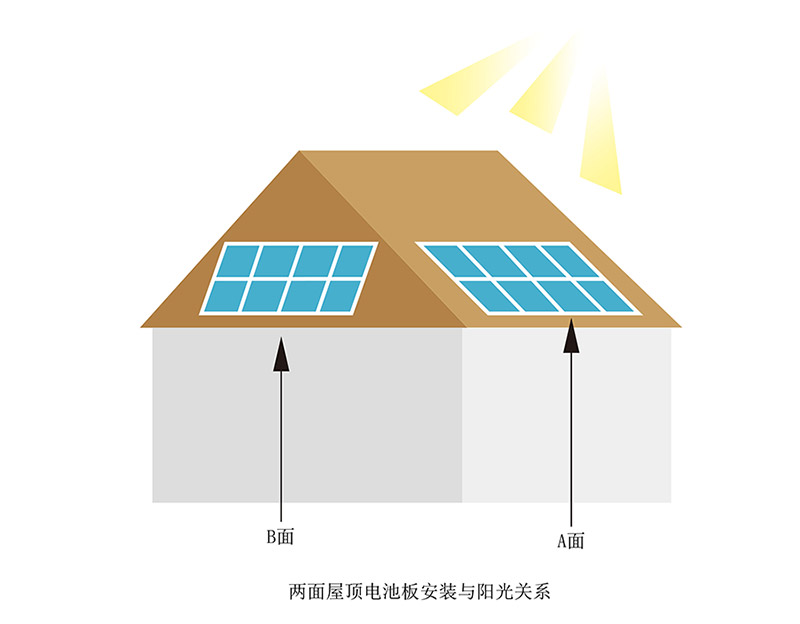
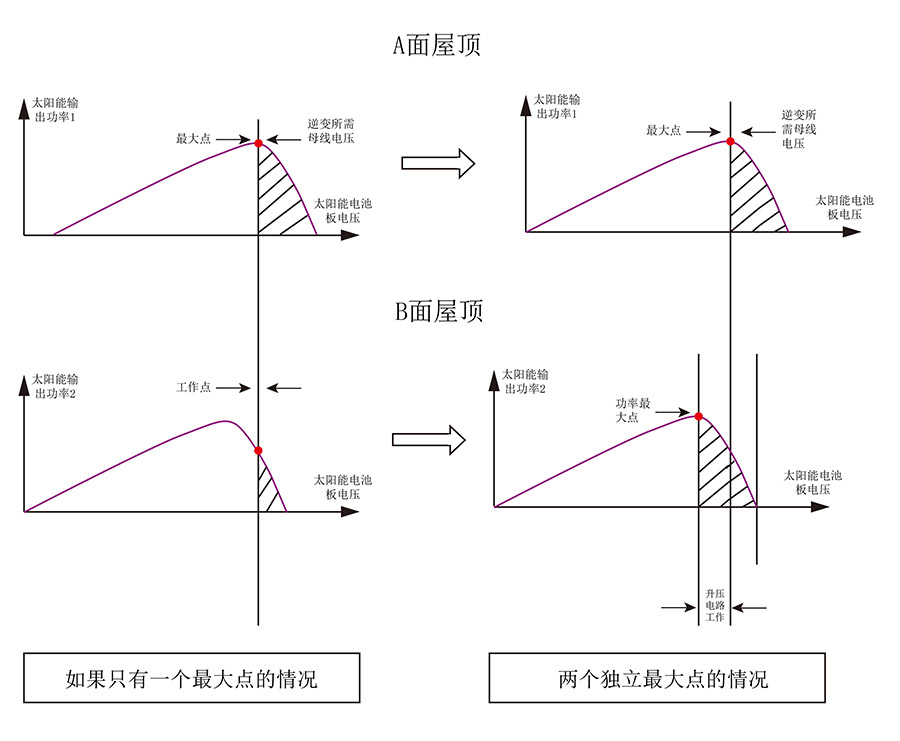
The same reason, the hilly terrain in the more complex terrain, the sun will need more irradiation, so it needs more independent MPPT, so the medium and high power, such as 50Kw-80kw inverters are generally 3-4 independent Boost, often said 3-4 independent MPPT.